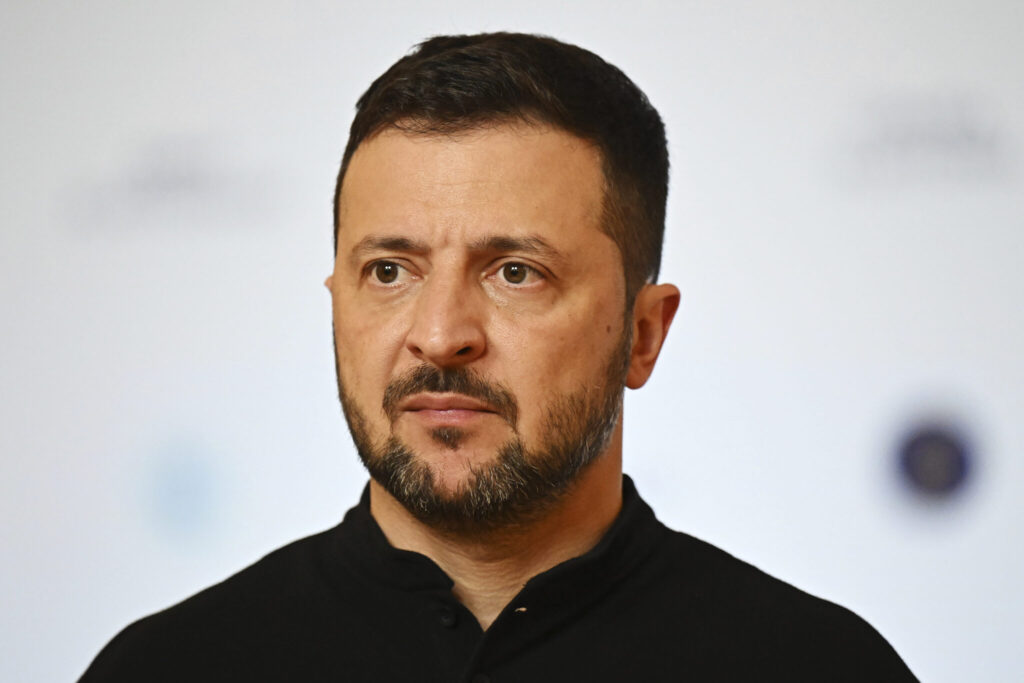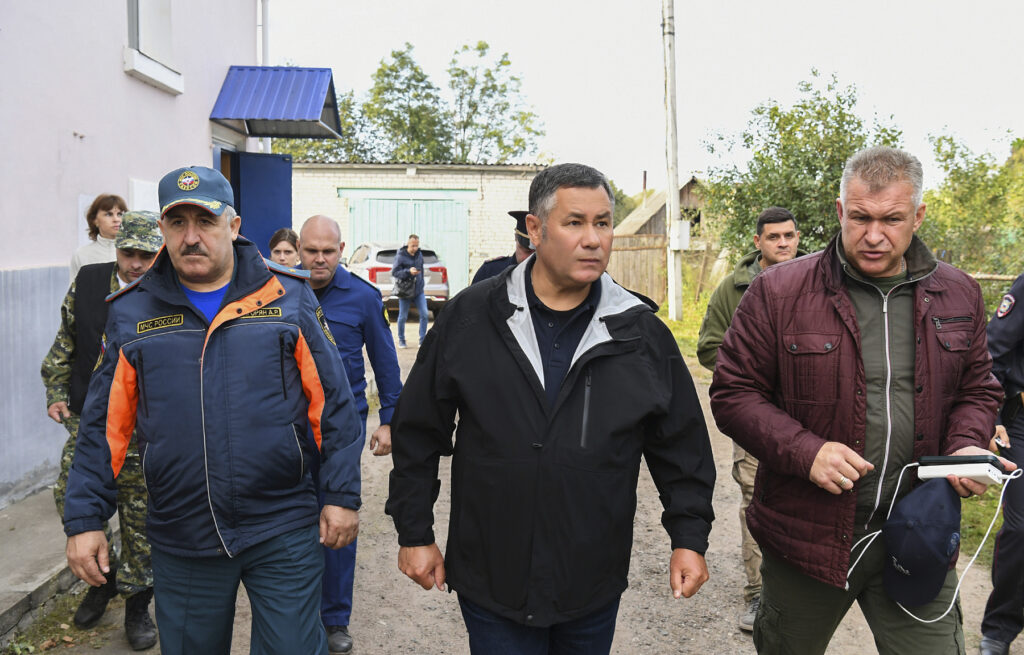Ukrainian drone attack/ Russian military strike/ depot explosion/ North Korean missile destruction/ Newslooks/ KYIV/ Ukraine/ J. Mansour/ Morning Edition/ Ukrainian drones struck a significant Russian military depot in Toropets, northwest of Moscow, igniting a massive fire and prompting evacuations. The depot reportedly housed missiles and artillery, including North Korean ballistic missiles. Ukrainian President Zelenskyy has a plan to win the war, according to U.S. officials, though details remain undisclosed.

Ukrainian Drone Strike on Russian Military Depot: Quick Looks
- Target: Ukrainian drones struck a military depot in Toropets, Russia, causing a massive fire and evacuations.
- North Korean Missiles: Ukraine claims North Korean missiles were stored at the site, adding to the tension.
- Drone Usage: Over 100 kamikaze drones were used in the strike, demonstrating Ukraine’s evolving drone technology.
- Zelenskyy’s War Plan: The Ukrainian president has a confidential plan for ending the war, seen as promising by U.S. officials.
- Putin’s Response: Russia has shown no signs of backing down, with Putin ordering more troops as the war continues.
Ukrainian Drones Hit Major Russian Military Depot Near Moscow
Deep Look:
In a bold escalation of the conflict, Ukrainian drones struck a large military depot in the Russian town of Toropets overnight, igniting a massive blaze that engulfed a 6-kilometer-wide area and prompted the evacuation of local residents. This strike, deep inside Russian territory, marks a significant moment in Ukraine’s ongoing efforts to disrupt Russian military capabilities, demonstrating the increasing reach of Kyiv’s drone operations.
According to Ukrainian officials, the attack was orchestrated by the country’s Security Service in cooperation with its Intelligence and Special Operations Forces. The targeted depot, located about 380 kilometers (240 miles) northwest of Moscow, housed a variety of high-value military assets, including Iskander and Tochka-U missiles, glide bombs, and artillery shells. Among these were North Korean KN-23 short-range ballistic missiles, according to a Ukrainian intelligence official. However, no concrete evidence was provided to substantiate the claim about North Korean missiles.
This development comes on the heels of a growing partnership between Russia and North Korea. Last June, the two nations signed a military assistance agreement, signaling closer ties as Moscow seeks additional support amid its drawn-out war with Ukraine. The revelation that North Korean missiles may have been destroyed in the strike could further strain international relations, particularly as North Korea becomes more involved in aiding Russia’s war effort.
More than 100 Ukrainian-made kamikaze drones were deployed in the attack, highlighting Ukraine’s advanced drone technology and its ability to launch strikes deep within Russian territory. Russian media, citing regional authorities, reported that air defense systems were engaged in repelling the drone assault but could not prevent the resulting fire or the evacuation of local residents. Despite the scale of the attack, there were no immediate reports of casualties.
This drone strike is part of Ukraine’s broader strategy to target Russian military infrastructure deep within Russia’s borders. As the war has dragged on into its third year, Ukrainian forces have increasingly focused on striking at the heart of Russia’s military supply chains, attempting to undermine the logistical support for Russia’s ongoing invasion of Ukraine. Successful operations like this also serve to make Russian civilians feel the war’s impact, a psychological tactic aimed at increasing domestic pressure on the Kremlin.
At the same time, Ukrainian President Volodymyr Zelenskyy has kept his plans for victory largely under wraps. However, U.S. officials, including Linda Thomas-Greenfield, the U.S. Ambassador to the United Nations, have indicated that Zelenskyy has a strategy that they believe could help end the war. While the details remain confidential, Washington is expected to discuss Zelenskyy’s plan with global leaders during the upcoming U.N. General Assembly in New York.
Zelenskyy’s approach likely includes not just military objectives but also diplomatic and economic components designed to weaken Russia’s resolve and bolster international support for Ukraine. The Ukrainian president’s focus on comprehensive victory reflects his recognition that the war will not only be won on the battlefield but through concerted international efforts to isolate Russia.
Russian President Vladimir Putin, however, has shown no indication of backing down. On Tuesday, he ordered an increase in the size of Russia’s military by 180,000 troops, aiming for a total of 1.5 million soldiers by December 1, 2024. This move underscores Putin’s commitment to continuing the war despite significant losses. The U.K. Defense Ministry recently estimated that more than 600,000 Russian troops have been killed or wounded since the war began.
The war has been costly for both sides, but Putin’s strategy of attritional warfare seems designed to wear down Ukraine’s resistance and exhaust Western support. By prolonging the conflict, Putin likely hopes to sap the resolve of Ukraine’s allies, forcing them to reconsider their military and financial support for Kyiv. However, as demonstrated by the drone strike in Toropets, Ukraine remains committed to pressing the fight, using innovative tactics to strike at the heart of Russia’s war machine.
Despite these ongoing tensions, Zelenskyy’s undisclosed plan for victory may offer a way to resolve the conflict without further bloodshed. As Ukraine continues to gain ground both diplomatically and militarily, the international community will be watching closely to see how these developments unfold and whether they will bring the war any closer to an end.







